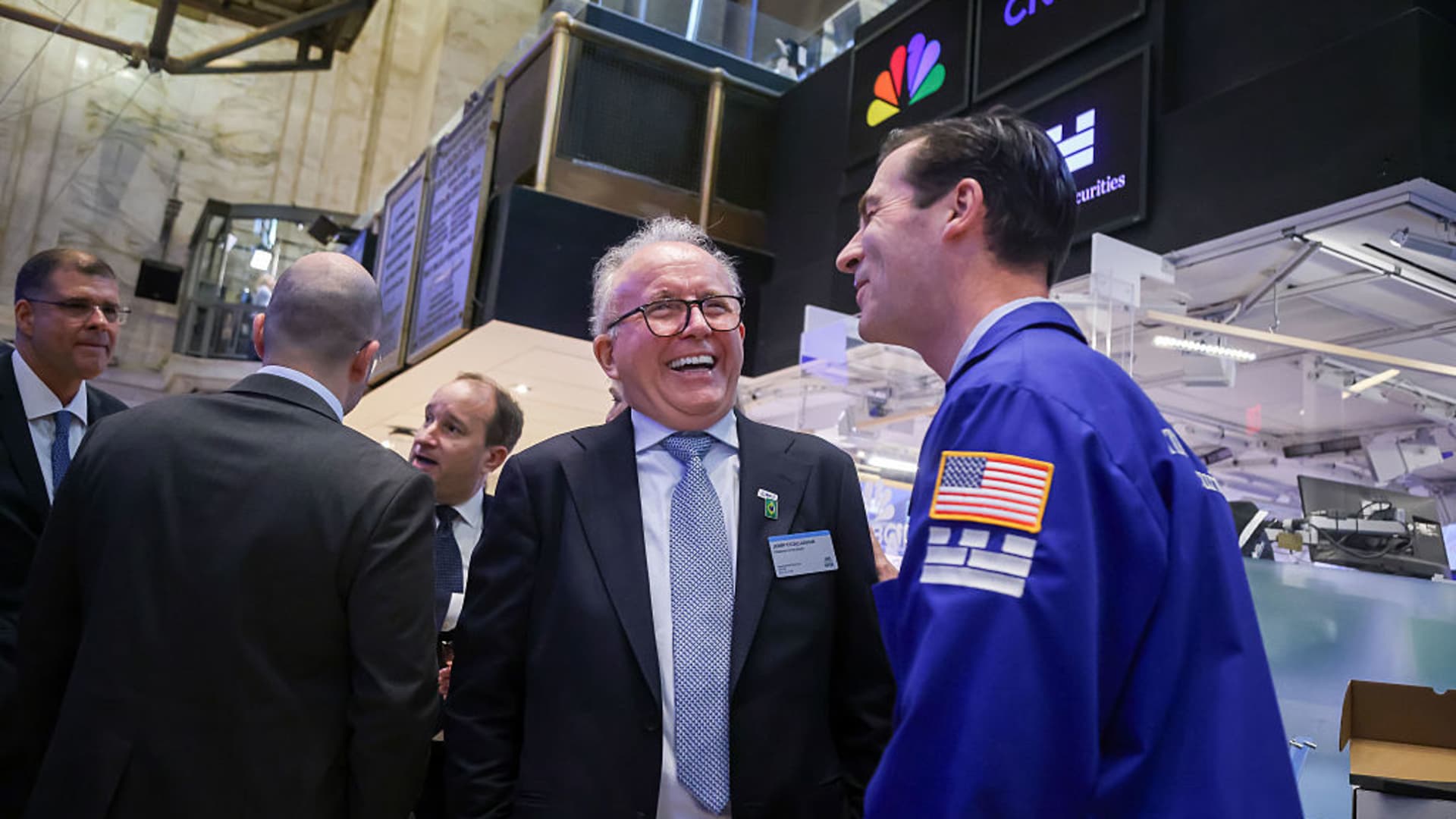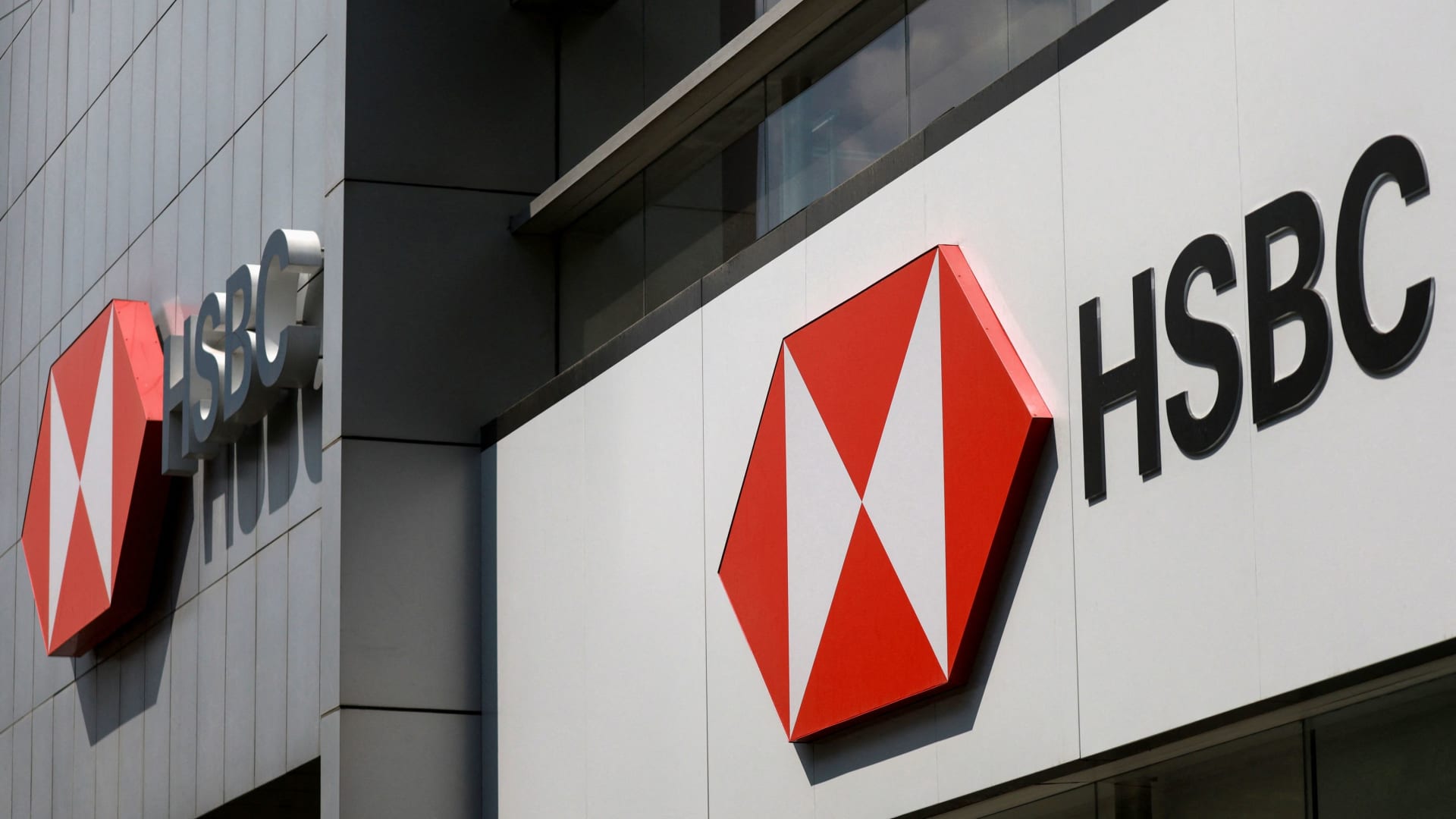Stock market reclaims February record peak. How the fundamentals and technicals look now vs. then

Just as they say you never step into the same river twice, the view from a given summit is never quite the same upon a second visit. The S & P 500 has fully scaled its way to its first record high in more than four months on Friday, recovering what was at the intraday trough a full 20% loss with rare speed, feeding off a deep reservoir of worry filled during the April tariff panic that has not yet fully been depleted. .SPX YTD mountain S & P 500, ytd The index finished Friday not quite half a percent above the old peak from Feb. 19, allowing for a tidy little now-vs.-then analysis of how the fundamental, technical and sentiment conditions compare. Because earnings last quarter trounced forecasts and projections for the coming twelve months are higher, the market carries a slightly lower valuation (22-times forward estimates compared to 22.5 in February). This remains pretty rich relative to history, for sure, though multiples rarely sag of their own weight when profits are rising and the Federal Reserve is not tightening. And the multiple of the equal-weighted S & P, as shown, is stuck near its decade average. Without diving into the details here, many market handicappers have lately produced studies showing that there has been upward drift in “normal” valuations over the decades, largely because the index is higher quality, less cyclical and corporate profits as a proportion of GDP have been in structural ascent. Also lower now compared to at the prior index high: The U.S. Dollar Index , crude-oil prices and the 10-year Treasury yield . Credit spreads are slightly less tight yet are just trivially higher. And we are now closer to the Federal Reserve’s next interest-rate cut than in February, no matter when that should come relative to the market’s current odds-on bet in September. Comeback not quite trusted Another difference to note is that investors and strategists loved and trusted the market on the S & P 500’s first run above 6,100 but are more suspicious of it now. Not outright bearish, and certainly not entirely sitting the market out, but wary of the staying power of the rebound. The long-running Investors Intelligence survey of market advisory services shows an unusually tepid mood in the face of a 27% rip higher. Here’s is the spread between self-professed bulls and bears, which if nothing else means that blithe, unfounded optimism is not among the impediments to a further advance in stocks. By Deutsche Bank’s calculations, aggregate equity exposure across all classes of investors remains subdued, as of Friday registering in the 30 th percentile of all readings since 2010. These indicators seem unusually impacted by cautious positioning among systematic funds that take their cue from volatility levels and trend momentum. Wall Street strategists, too, have been whipsawed and left looking up at the index itself. At the start of the year, the CNBC Market Strategist Survey showed a median S & P 500 target of 6600, which would’ve meant a 12% gain for 2025, with the lowest target at 6500 – an unusually upbeat consensus for any year. Currently, after rampant slashing of targets in response to the springtime selloff, the median target is 6057, nearly 2% down from Friday’s close at 6173. Circle and trader speculation If this were all there were to observe about investors’ expectations and risk posture, it would amount to a pretty clear net positive for stocks’ forward prospects from here. Yet the upwelling of speculative aggression and retail-trader stampedes into racy, illiquid and heavily shorted stocks can’t be fully set aside, or dismissed as a source of frothy excess and erratic price action. Bespoke Investment Group notes that one in every seven Russell 3000 stocks is up at least 50% from the April 8 th market low. The VanEck Social Sentiment ETF (BUZZ) , built to capture the names most buzzed about, has ramped 50% in 11 weeks and has finally exceeded its peak at the crest of the last meme-stock craze in early 2021, as has the Goldman Sachs Retail Favorites basket. Stablecoin dealer Circle Internet Group completed its IPO three-plus weeks ago at $31, a price at which several early investors were happy to unload some of their shares as part of the offering. It raced higher by more than eight-fold by last Monday, hitting $263, before heaving back to $180 by Friday, often while trading more than half its share float in a day. CRCL 1M mountain Circle, 1 month In a certain fun-seeking, fast-money precinct of the market, Circle is the new CoreWeave , which was the new Super Micro , which for a brief time was the new Nvidia – at least in terms of being the fresh new ticker offering open-ended leverage to an irresistible technology trend. This is not to scold or shame the traders playing such themes and flipping other long-shot names. Such action is part of what makes bull markets, and where it crosses from supportive enthusiasm to overheated instability is impossible to discern in advance. Along with the powerful run higher in the capital-markets stocks, with the likes of Goldman Sachs and JPMorgan at fresh price and valuation highs, it suggests a market revving its motor for an exuberance phase of some dimension. As I wrote here six weeks ago , before the latest 3.6% gain in the S & P 500: “For now, stocks are supported to the extent the Big Money still feels under-invested and compelled to pay up to play. Which could, eventually, lead to the kind of fun-seeking that usually precedes a period of chagrined payback.” This remains roughly the case, though of course with prices now incorporating a somewhat more favorable set of outcomes than they did even then. S & P 500 up 5% this year Friday’s sharp, fleeting intraday pullback on news that President Trump was ending trade talks with Canada in retaliation for a pending Canadian digital-services tax was a somewhat clarifying moment, a strong hint that the market is now banking on no re-escalation of trade frictions and indeed continued dilution of the threatened tariffs. There’s also a chance that the equity-market rally has given investors more comfort in the baseline U.S. economic-growth picture than the data might support. Friday’s personal income and spending and PCE inflation data were noisy but largely shy of the Street’s hopes. Next Thursday’s employment report will have considerable sway in this debate, as the White House agitates for a Fed rate cut that seems so far rather unlikely at the late-July meeting. If you want to trigger an argument with a serious investor this weekend, tell them that the first half of 2025 has unfolded in a rather normal, expected manner. Coming into the year, the almanac-readers were telling you that the third year of a bull market and the year after back-to-back 20% annual gains tend to be rockier and less rewarding. Same for the first half of a post-election year. And here we are, after much rocking and wheezing along the way, with the S & P 500 up 5% for the first half – almost exactly half the long-term annualized performance of the market. Even the way the tape has responded to the severe correction fits with known patterns. Near-bear-market episodes of the past are a regular touchstone of mine. These are sharp market shocks that cause an S & P 500 drop of just shy of 20%, or 20% only on an intraday basis (such as this year’s selloff). The market’s trajectory of the past several months most resembles two such instances, the rallies off the lows in 1998 and late 2018. The present market recovery is not without its blemishes. An unusually small percentage of stocks made a new high along with the index itself, even though overall breadth has been strong. The median S & P 500 stock remains more than 12% below its own 52-week high. And the S & P 500 is getting technically overbought in the near term for sure, though it showed just a few weeks ago it’s capable of cooling off through a benign pause rather than a sharp setback. As a general matter, new highs are more bullish than hazardous, and the index tends not to fail in a serious way just after reaching a new record. Of course, it did exactly that in February, making a token new high above the December peak, only to buckle into what became an outright panic. But what are the chances investors get struck by lightning on the same summit twice?
<





